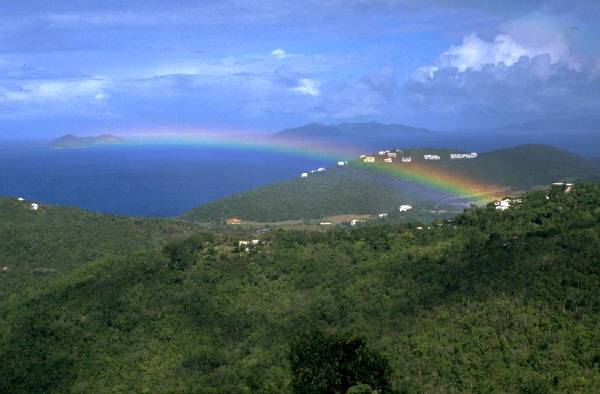We get started by taking roll call of participants on the zoom call. Lonnie Bedwell, Navy veteran, submariner is our featured guest.
Our host, David King let’s everyone know how to find us on Facebook and on the Internet. He then gives Lonnie a buildup of accomplishments and turns the floor over to Lonnie.
Lonnie begins by talking about opportunities for blind veterans to participate in the variety of outdoor sports. He recaps his military career, and how he came to lose his eyesight in a hunting accident after leaving the service. It was during training at the Heinz BRC that he got involved with extreme sports such as skiing, rock climbing and kayaking. He has since claimed the highest peaks on several continents, including Mount Everest.
Lonnie has been featured on several documentaries, has written a book, and was one of the first blind people to successfully navigate some of America’s highest rated Whitewater rivers. He talks about Move United, a nonprofit organization that helps blinded veterans get involved with adaptive sports. Chapters can be found across the country, in most states, and help veterans connect with horseback riding, golfing, canoeing, and more. There are grants to help buy equipment, as well as traveling to and from events. Team River Runner is an umbrella group associated with move United. Another group, based out of Chicago, is American Blind Skiers. Another one is Adaptive Adventure. Lonnie takes a few questions about skiing. He reminds us about the numerous he grants that help finance sporting trips. One organization is Challenged Athletes Foundation, in California.
Lonnie tells us about some of the rivers he navigated in Africa, which leads into how he got involved with climbing Mount Everest. While mountain climbing in South America, another climber later challenged him to join him at Mount Everest. Connecting with the BVA, he was able to secure sponsorship to make the trip. He then walks us through the time his flight arrived at Kathmandu, along with every step to the top of the mountain and back. He describes some of the unexpected luxury at base camp. Sleeping on beds, and eating pizza. The higher up the mountain to the other camps, find fewer amenities, and more living out of tents. Lonnie describes some of the acclimatization it took and hiking up and down to the various camps. When the time came to make the trip to the top, he had to face some of them most severe weather ever experienced on the mountain. The weather window finally opened, and his guides finally allowed him to set out.
The climb is tricky, and dangerous. Lonnie tells us about his encounter with some fellow hikers who did not make it and perished on the mountain. He describes hazards involving falling rocks, crevasses open up in the ice, along with the physical and mental exhaustion of the climb. He describes the importance of having an oxygen mask to reach the summit, and that his oxygen mask failed him at the top. Lonnie tells about the dedication of his Sherpa and sharing his oxygen, and retrieving his water bottles that he would need to climb back down. Lonnie tells about how the trip down causes as much or more anxiety than the climb up.
Through all of his adventures, Lonnie finds purpose in making opportunities both for himself, and for other veterans. He uses his blessings in life to pay them forward to others.
Podcast: Play in new window | Download


Comments